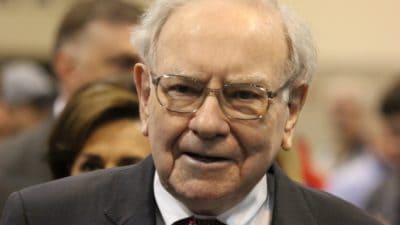GlaxoSmithKline (LSE: GSK) (NYSE: GSK.US) announced yesterday that it has failed to receive a suitable offer for certain products from its portfolio of older drugs, known as the Established Products Portfolio, which it was hoping to sell.
The news is surprising because when the planned sale was announced, Glaxo boss Sir Andrew Witty said that the firm had been approached by “a raft of companies” with interest in buying the products, which were US and European medicines that have lost patent protection, and are suffering from eroding sales due to generic competition.
Why did the sale fail?
Glaxo says it did not receive any offers “consistent with its key criteria of maximising shareholder value”, which suggests that the bids were all too low. Recent press reports suggest the firm received a £1.9bn bid quite recently for the products, which are expected to generate sales of around £1bn this year.
Other possibilities are that new, tighter rules governing tax inversions by US buyers have deterred potential bidders — or simply that Glaxo decided to try and cut costs and hold onto these revenue streams, in the face of a declining earnings outlook for next year.
Is Glaxo still attractive?
The failure of Glaxo’s attempt to sell a bunch of patent-expired medicines shouldn’t be confused with the health of the wider business.
However, consensus forecasts for Glaxo’s 2015 earnings per share have fallen by nearly 5% over the last three months, leaving Glaxo shares on a 2015 forecast P/E of 15.7, despite the shares’ 8.8% decline so far this year.
In my view, Glaxo remains an attractive long-term income stock, as the global markets which it serves will undoubtedly continue to grow over the remainder of my lifetime and beyond.
There’s no reason to think that Glaxo will be any less successful at developing products to serve future medical needs than its peers, so I don’t see any case for a structural decline at the firm.
However, while Glaxo’s 5.5% yield is high enough to offset the risk of limited growth for the next few years, it’s worth noting that dividend growth is likely to be restricted in the near term, given the backdrop of stagnating earnings.
Personally, I would also like to see Glaxo’s £14.8bn net debt reduced, too.
Overall, I plan to continue to add Glaxo shares to my existing holding periodically, and think that drip-feeding is the best way to buy the pharma giant, in order to benefit from any price weakness.







